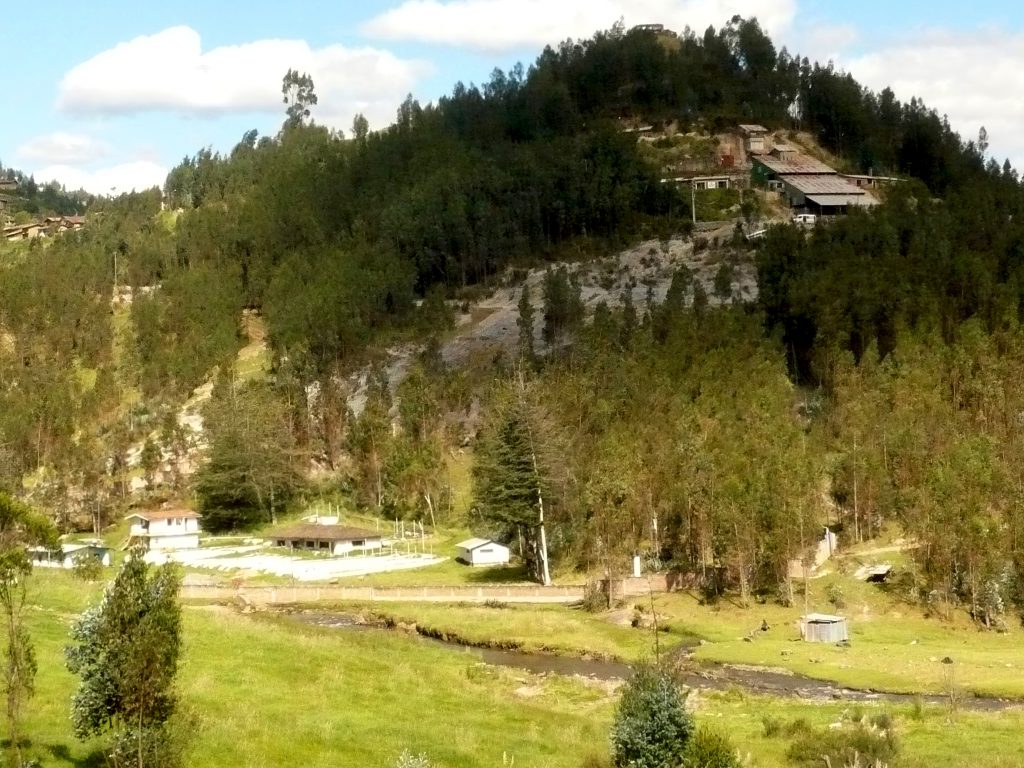Lida Resources placing Peruvian mines back into production

CORPORATE PROFILE

Lida Resources Inc.‘s [LIDA-CSE; FUGMF-OTC; BJ43-FSE] business strategy is to acquire mineral properties and place them into production. The company is targeting South America, specifically Peru. Lida seeks out high-margin projects that can achieve rapid production ramp-ups from re-starts, turnaround situations or late-stage development. This strategy will generate early cash flow to fund exploration for growth and operational improvements.
Having completed its IPO this past spring, Lida has now acquired three past-producing precious and base metal mines in Peru – San Vicente, Quiruvilca and Fruta del Sur (Pasto Bueno) – and will place them back into production one at a time.
Currently work is focused on the road-accessible, 100%-owned flagship San Vicente Mine located 120 km from the coastal city of Trujillo in the Department of La Libertad where bulk sampling is underway with ore being sent to a toll plant. In addition to mineral rights, Lida also has a permit in place with local communities for surface rights good for 20 years.
Using data known to date, the average value of San Vicente silver-lead-zinc-gold mineralized rock is approximately $737/tonne. There are 825 metres of veins visible on surface. Underground, additional veins could be discovered and developed. The neighbouring mine, on strike, mined on 121 veins over 80 years. Lida plans to explore San Vicente at depth where porphyry mineralization could exist and possibly skarn and mantle-type deposits.
Production is expected to start at San Vicente sometime in November 2020. To date, mining has been underway on three veins. No further drilling needs to be carried out to continue mining operations on the three veins.
Ore would be processed at a toll mill or the company could acquire a nearby plant that is in receivership.
The mineral rights are 100%-owned at the underground polymetallic Quiruvilca Mine, Lida is planning infill drilling to test for continuity of mineralization that would lead to a resource calculation. The known zone of copper-gold-lead-silver-zinc mineralization is approximately 2.5 km long by 750 metres wide where 120 veins were previously mined. Company geologists are of the view that more veins can be discovered.
The Quiruvilca Mine was in continuous production since about 1940 until 2018 and was initially focused on the silver-bearing veins. Grades run at about 150 g/t silver, 4% zinc, 1.5% lead and 0.5% copper.
In the past, the Quiruvilca Mine had a production rate of 1,000 tonnes per day and eventually went into receivership. Lida management has determined that to be profitable this type of underground operation requires a production rate of 20,000 to 30,000 tonnes per day using the block caving mining method.
The Quiruvilca Mine is road-accessible with a nearby private airstrip. Production is schedule for 2 and a half to three years in the future.
In July, Lida acquired a land position between the San Vincente and Quiluvilca mines comprised of 13 properties that are expected to provide additional prospective ground for exploration where geological mapping, prospecting and geophysics are planned.
Lida’s third acquisition is the past-producing open pit Fruta del Sur gold mine, formerly known as the Pasto Bueno Mine. The operation was mining epithermal mineralization with the possibility of a porphyry deposit at depth. Some $60 million of metal has been drilled off and Lida plans to expand resources. Production is slated for three and a half to five years in the future.
Lida Resources’ corporate headquarters is located in Vancouver, BC with administrative headquarters in Lima, Peru.
The company is headed by Len De Melt, President and CEO, who has 30 years’ experience in project management and was instrumental in starting and building six mines.
